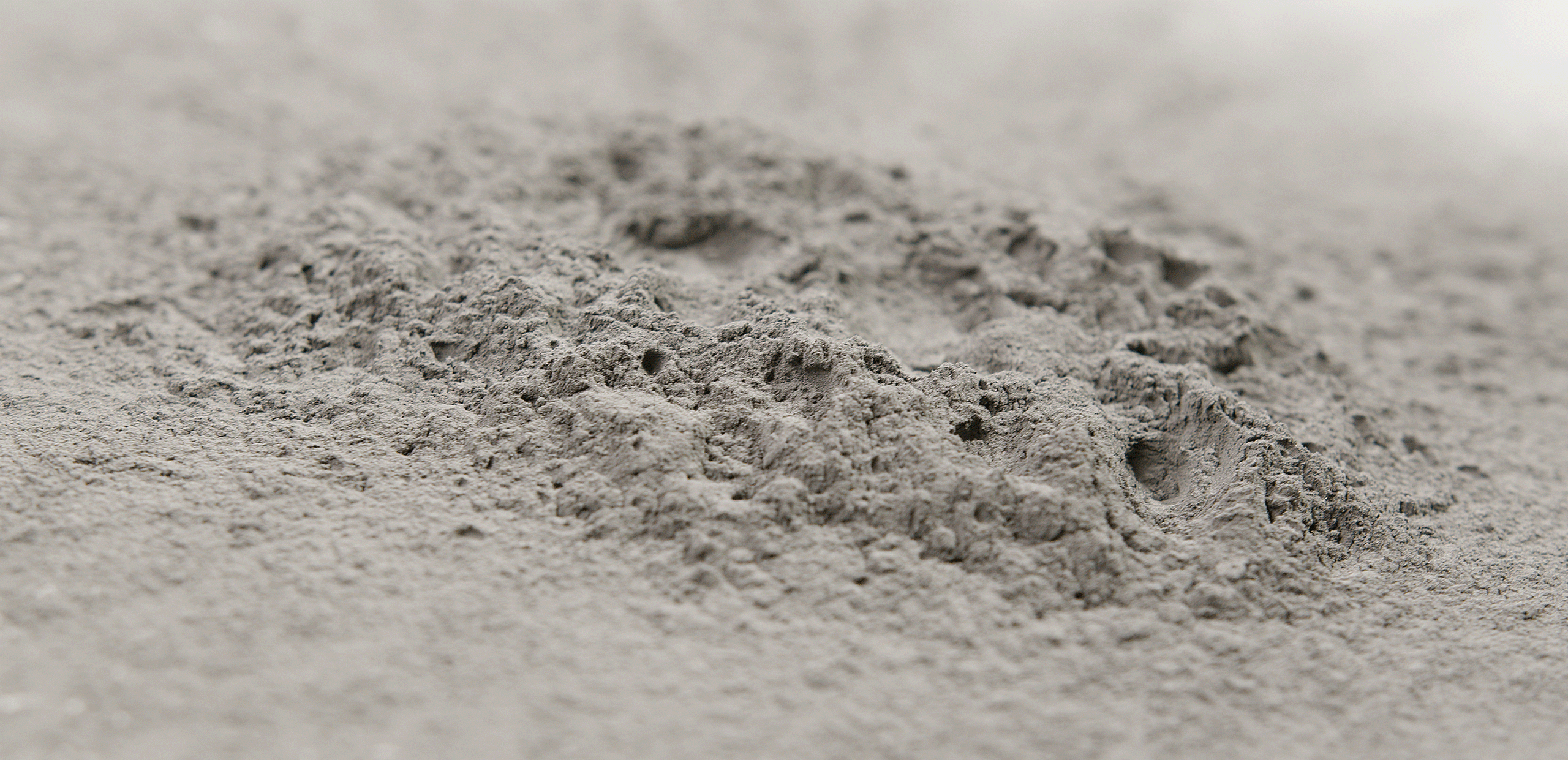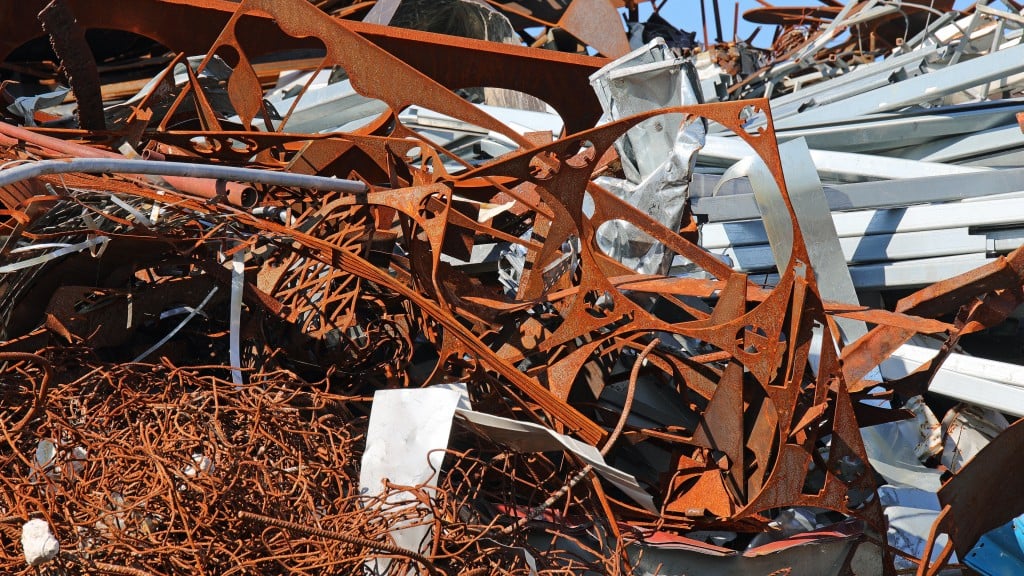
Researchers from RMIT University in Australia have uncovered a crucial insight into the quality of Ti-6Al-4V parts produced via Laser Powder Bed Fusion (PBF-LB). Their recent study, titled Effect of Powder Characteristics on Layer Density, Defects, and Tensile Properties of Ti‑6Al‑4V via Laser Powder Bed Fusion, demonstrates that powder-bed layer density plays a critical role in determining the mechanical properties and defect profile of titanium alloy parts.
Key Findings on Powder-Bed Layer Density and Part Quality
The RMIT team employed an innovative approach by combining the powder-bed capsule technique with micro-computed tomography (micro-CT) to accurately measure powder-bed layer density. This technique enabled them to assess the quality of powder in any PBF-LB machine, including the SLM Solutions PBF-LB machine used for this research.
The study compared four different Ti-6Al-4V powders sourced from two suppliers (A and B). The findings revealed a paradox: although the powder from Supplier A was less spherical and contained more agglomerates, it produced significantly better results in the final parts.
The Impact of Powder-Bed Layer Density on Mechanical Properties
The major difference between the powders was powder-bed layer density. Powder from Supplier A achieved 67.11% of the theoretical density of Ti-6Al-4V, while Supplier B’s powder only reached 60.14%. This difference resulted in noticeable discrepancies in the quality of the finished parts.
Samples produced with Supplier B’s powder exhibited more pores, especially elongated ones near the surface. In contrast, Supplier A’s powder, with its higher layer density, led to enhanced build quality and mechanical properties, including a 40% increase in tensile ductility. These results underscore the importance of selecting powder based on its layer density rather than other less relevant characteristics.
Recommendations for Powder Selection in PBF-LB Systems
Based on their findings, the RMIT team recommends that manufacturers prioritize powder-bed layer density when selecting materials for Laser Powder Bed Fusion. They suggest a benchmark layer density of at least 65% of the theoretical density of Ti-6Al-4V for high-quality builds in SLM Solutions PBF-LB systems.
This research provides valuable guidance for industries using Ti-6Al-4V in additive manufacturing. By focusing on the powder’s bed layer density, manufacturers can significantly improve the mechanical performance and quality of their 3D printed parts.
For more detailed information, you can access the full paper through RMIT’s official website.











Leave a Reply
You must be logged in to post a comment.